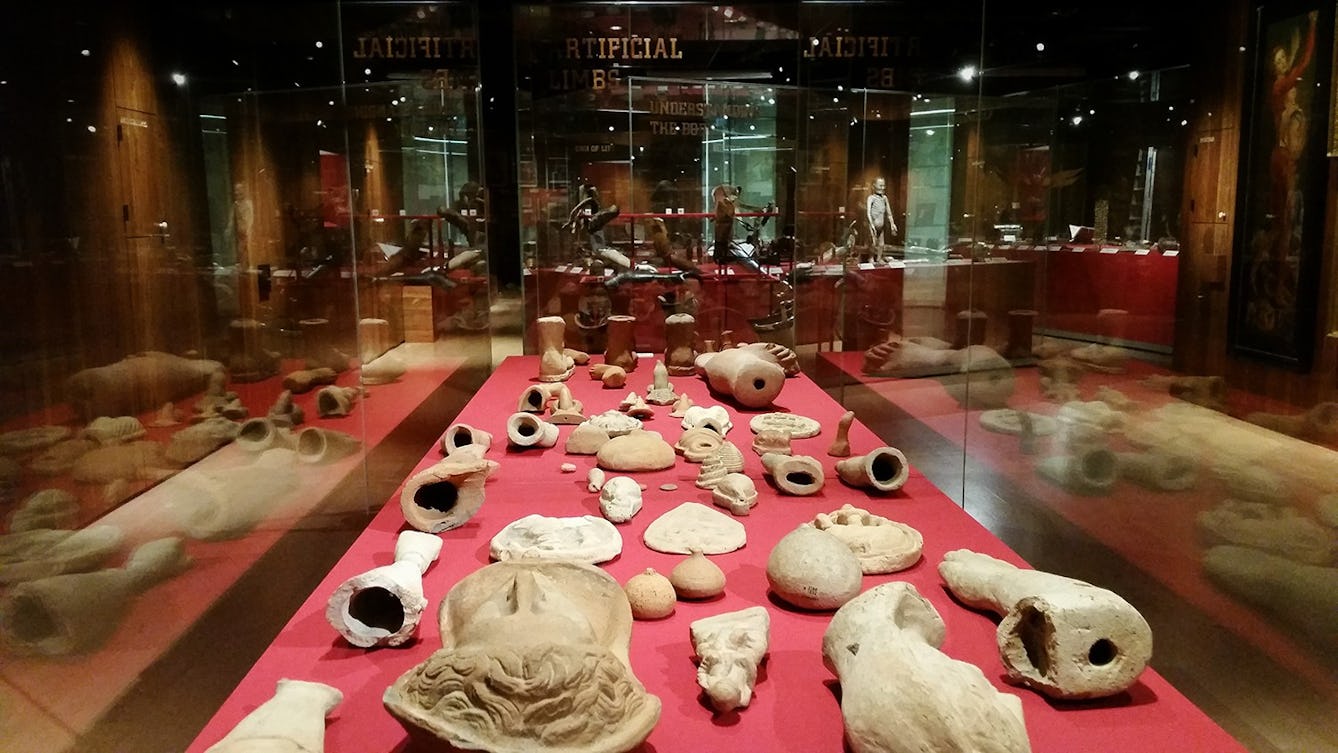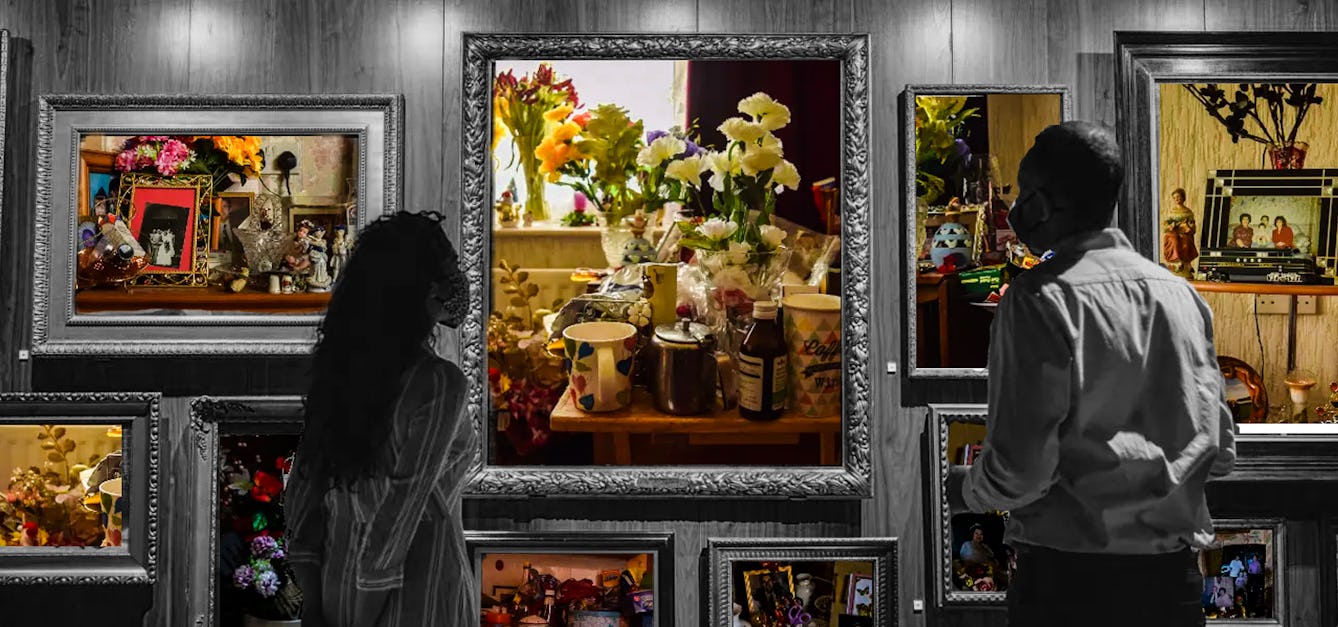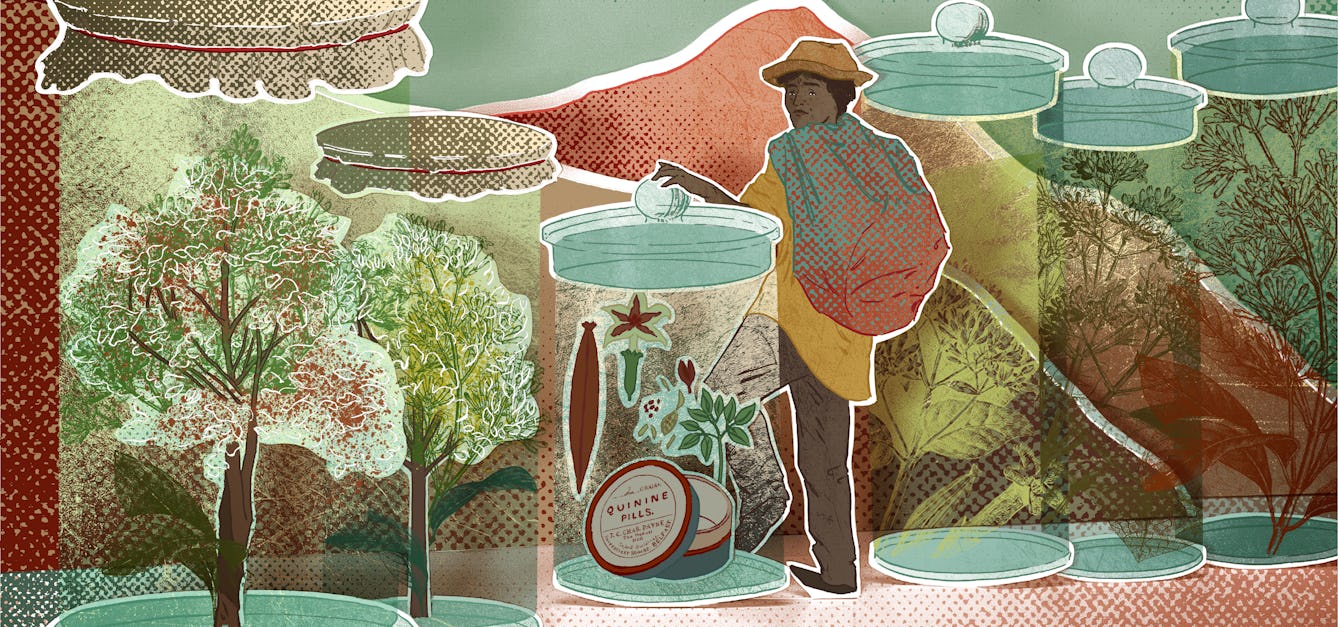Stories

- Article
Why the world needs collectors
Those who collect play an important role as “facilitators of curiosity”, says Anna Faherty.

- Article
The fine line between collecting and hoarding
Being ‘a collector’ is often celebrated but being labelled ‘a hoarder’ can be humiliating, at best. Georgie Evans asks what makes one set of objects a collection and another a hoard.

- Article
Hunting lost plants in botanical collections
A bark specimen at Kew recalls the story of a South American man who harvested the most potent source of the only effective malaria treatment available in the late 1800s. Killed for his work and forgotten by history, Manuel Mamani was a victim of the colonial juggernaut.

- Article
The birth of the public museum
The first public museums evolved from wealthy collectors’ cabinets of curiosities and were quickly recognised as useful vehicles for culture.
Catalogue
- Archives and manuscripts
Groups of letters to other recipients
Date: 18th century - 19th centuryReference: MS.7074/6Part of: Stone, Thomas Madden (fl. 1838-1882), Librarian of Royal College of Surgeons of England and autograph collector- Archives and manuscripts
Stone, Thomas Madden (fl. 1838-1882), Librarian of Royal College of Surgeons of England and autograph collector
Stone, Thomas Madden, fl. 1838-1882Date: 18th century - 19th centuryReference: MS.7074- Books
Four hundred years of British autographs : a collector's guide / [Ray Rawlins].
Rawlins, Ray, 1917-Date: 1970
- Books
- Online
The diversions of an autograph-hunter / by J. H.
Date: 1894- Books
The cult of the autograph letter in England / by A.N.L. Munby.
Munby, A. N. L. (Alan Noel Latimer), 1913-1974.Date: 1962









